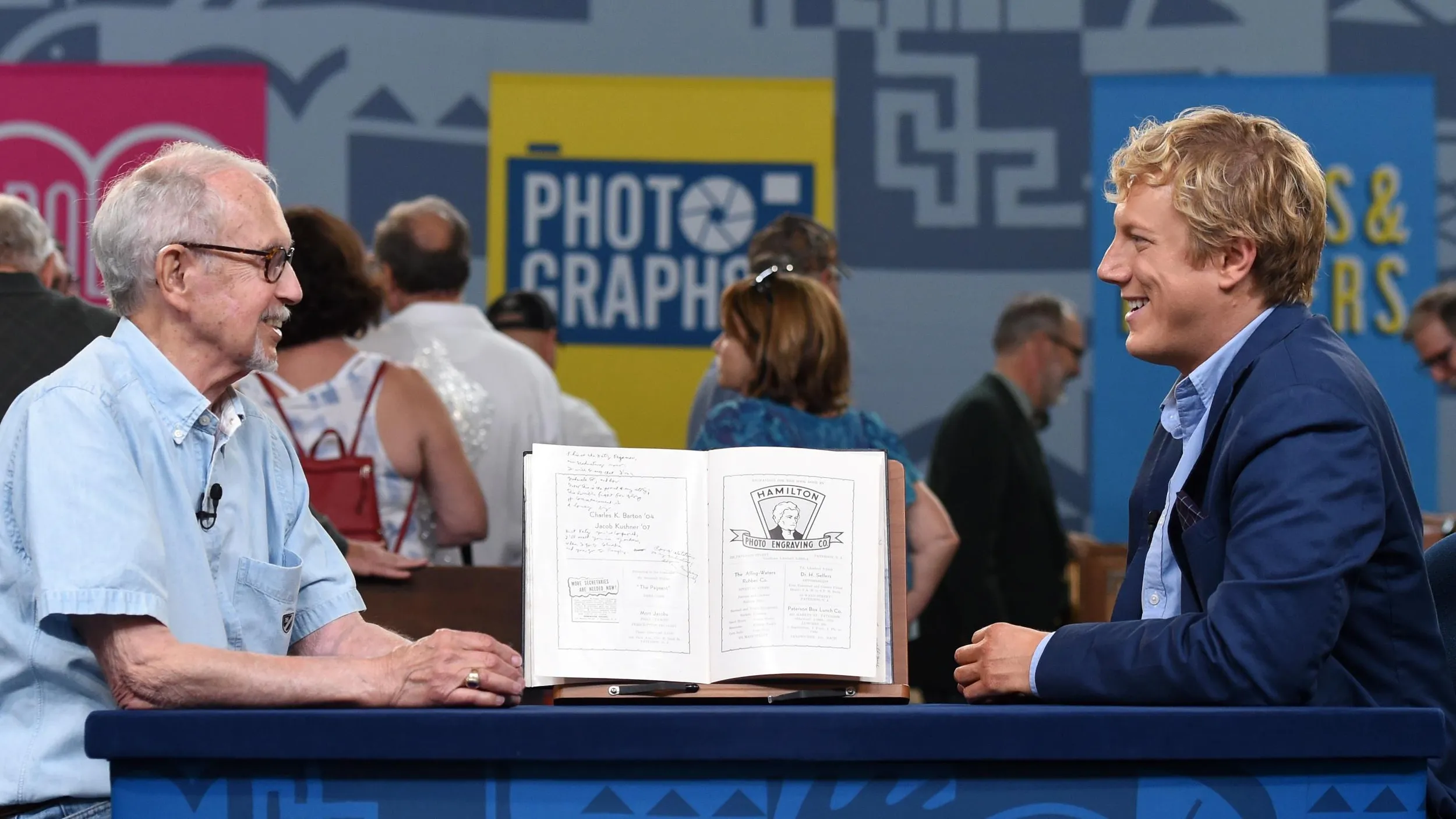GUEST: My grandmother gave it to me. We believe it's been handed down from the family. We're not clear where it came from, but she's known it all her life, and her father had it.
APPRAISER: The "Civitates Orbis Terrarum" is a book that was published in Cologne starting in 1588. It says down here that this is "liber primus," which is the first volume. Further down in the back is the second volume, and all together the work actually has six volumes.
GUEST: Oh, wow.
APPRAISER: So, we have the first two volumes-- which are quite rare, we hardly ever see those-- of the first comprehensive city atlas that was published in Europe of what was then the known world. And these are really spectacular engravings as you can tell. They're fairly large size. And to print a book in 1588 with that precision was still something that only a group of specialized printers were able to do. And Cologne was one of the printing centers. Holland was back then at the height of printing. The authors are two gentlemen called Braun and Hogenberg. Let's have a look at some of these prints. This, for instance, is a view of London. It is referred to as a bird's-eye view and you can kind of envision and wander around in the streets of London, and down here you get descriptive text about the city and then, usually, the plates are decorated with people in contemporary costume. This is a beautiful view of Paris, where you can see the Île-de-France in the center and then the Left and Right Bank. You get a nice view of the city of Prague, for instance. Underneath, you can see the Hradschin up here. There's one of the city gates. There's the Karlsbridge. These are very realistic views of that time. This is a beautiful example of Venice…
GUEST: Oh, wow.
APPRAISER: …printed from one plate, and you see the darkness of this impression, which is really, really awesome. Do you have an idea of what this could be worth?
GUEST: I do not. In my minimal research I did online years ago when I got it, was I couldn't find any like it. And, uh… just plates that people had colored.
APPRAISER: Yeah, many times a work like this would have been broken up and sold in individual plates. Now there are only a few, a handful of books left complete and nowadays the trend is that a work that is left complete actually achieves a higher price than the individual plates sold separately. A conservative estimate for this book at auction would be $40,000 to $60,000.
GUEST: Wow, that's amazing.
APPRAISER: Yeah. You were wondering about the binding. This is a beautiful, what is called vellum binding, so it is a calf or a sheep skin that is treated to get this white shine, and slightly bowing. The binding is not from 1588. It is slightly later. I would think it is probably bound in the 1600s or in the late 1600s.



